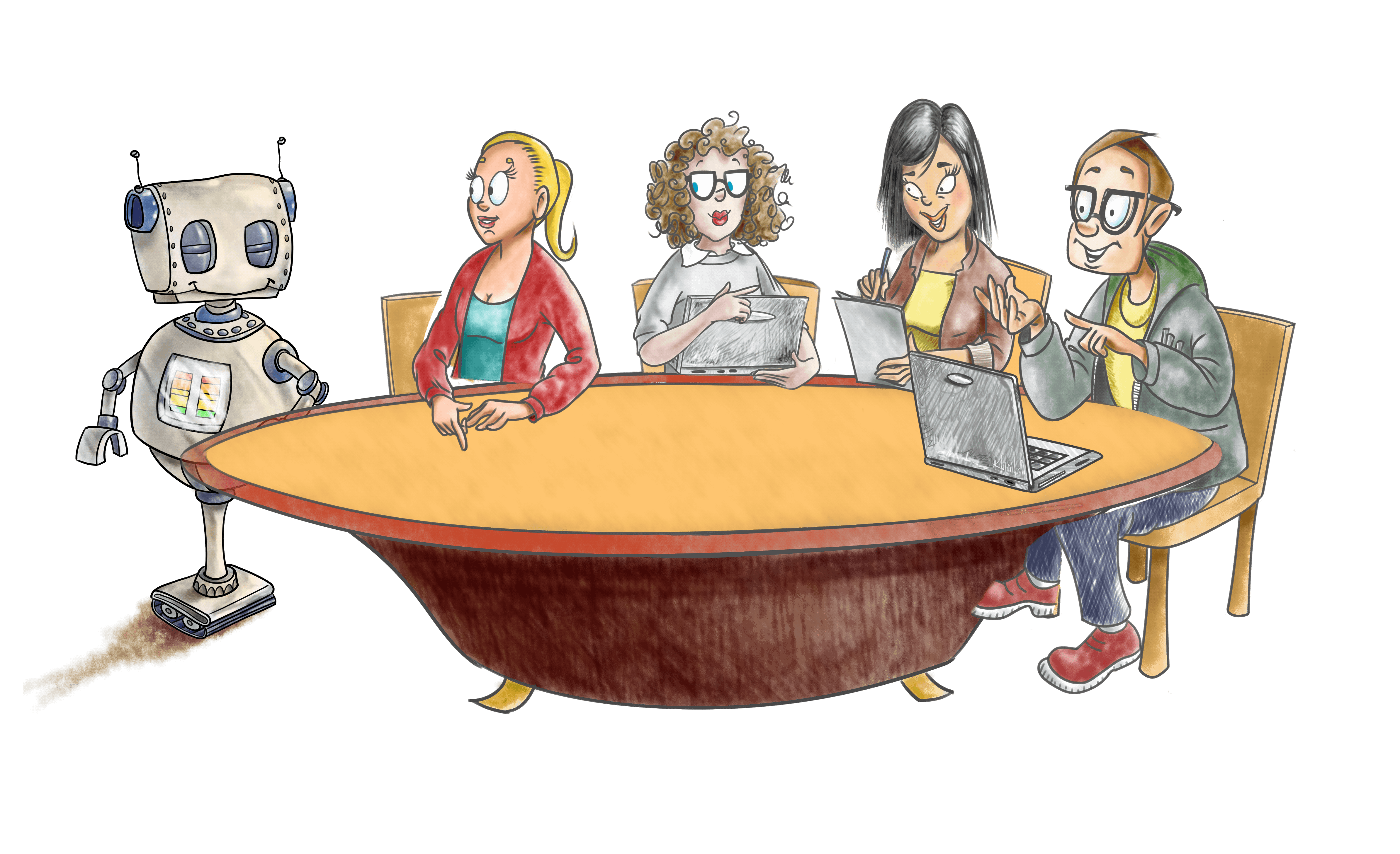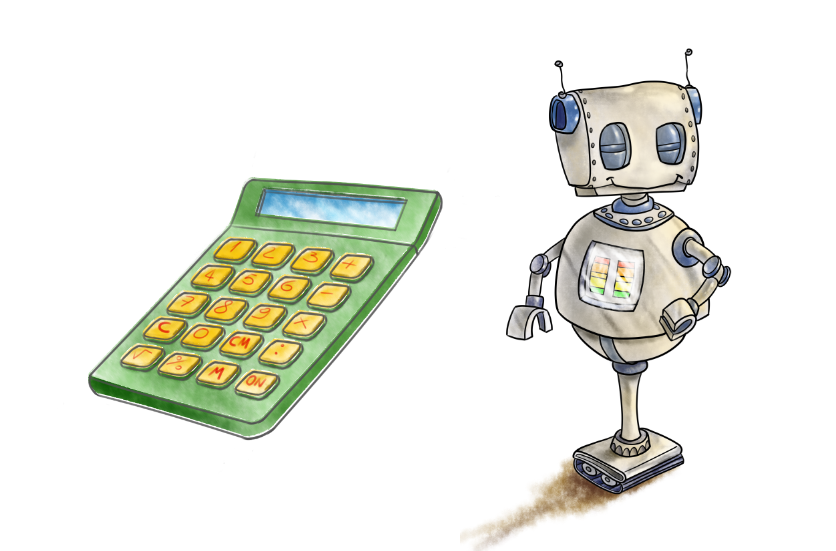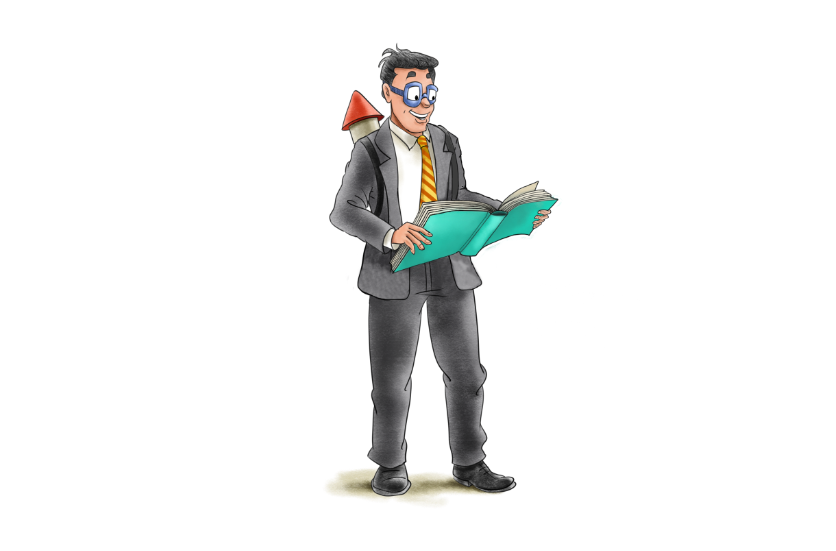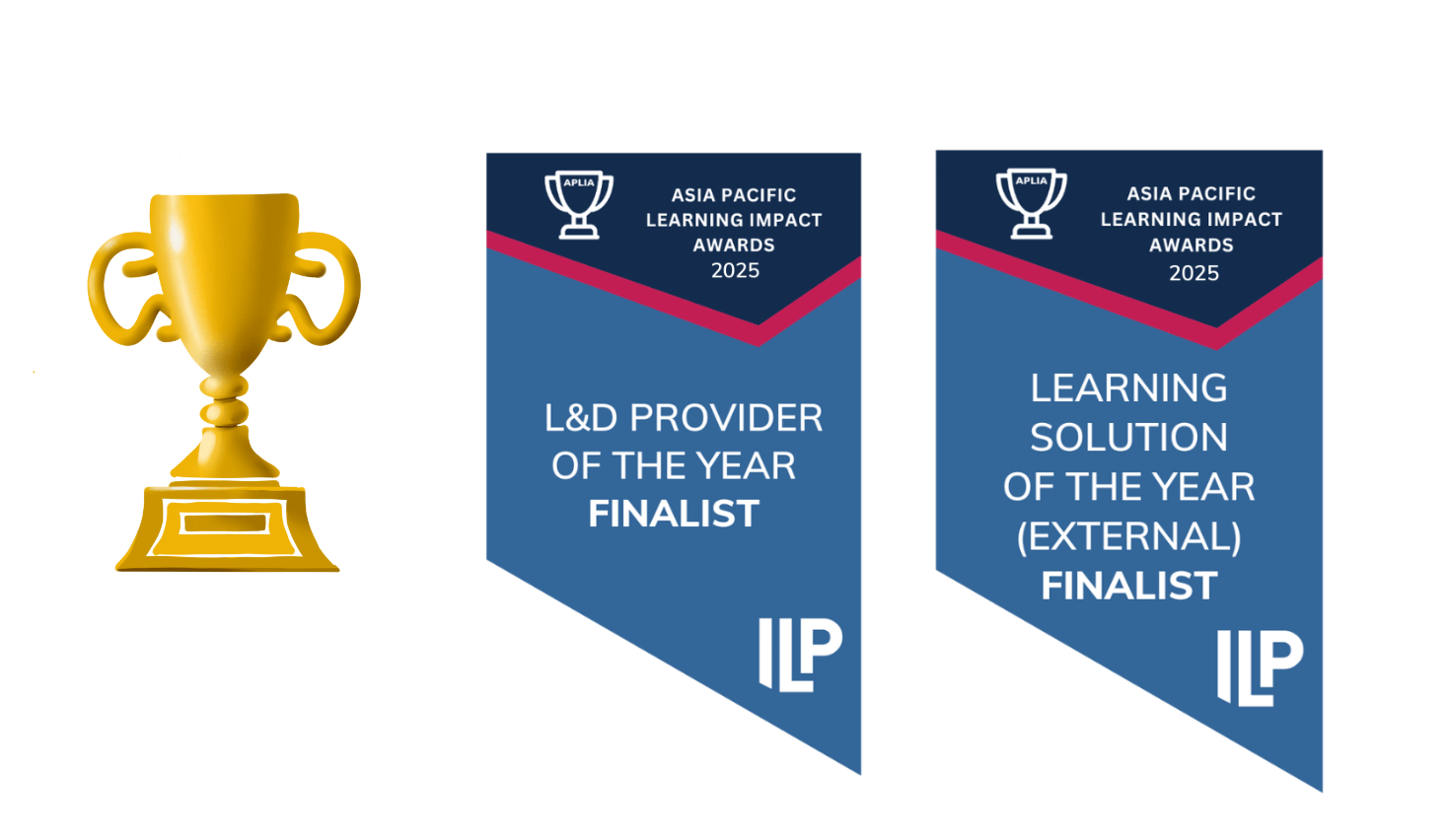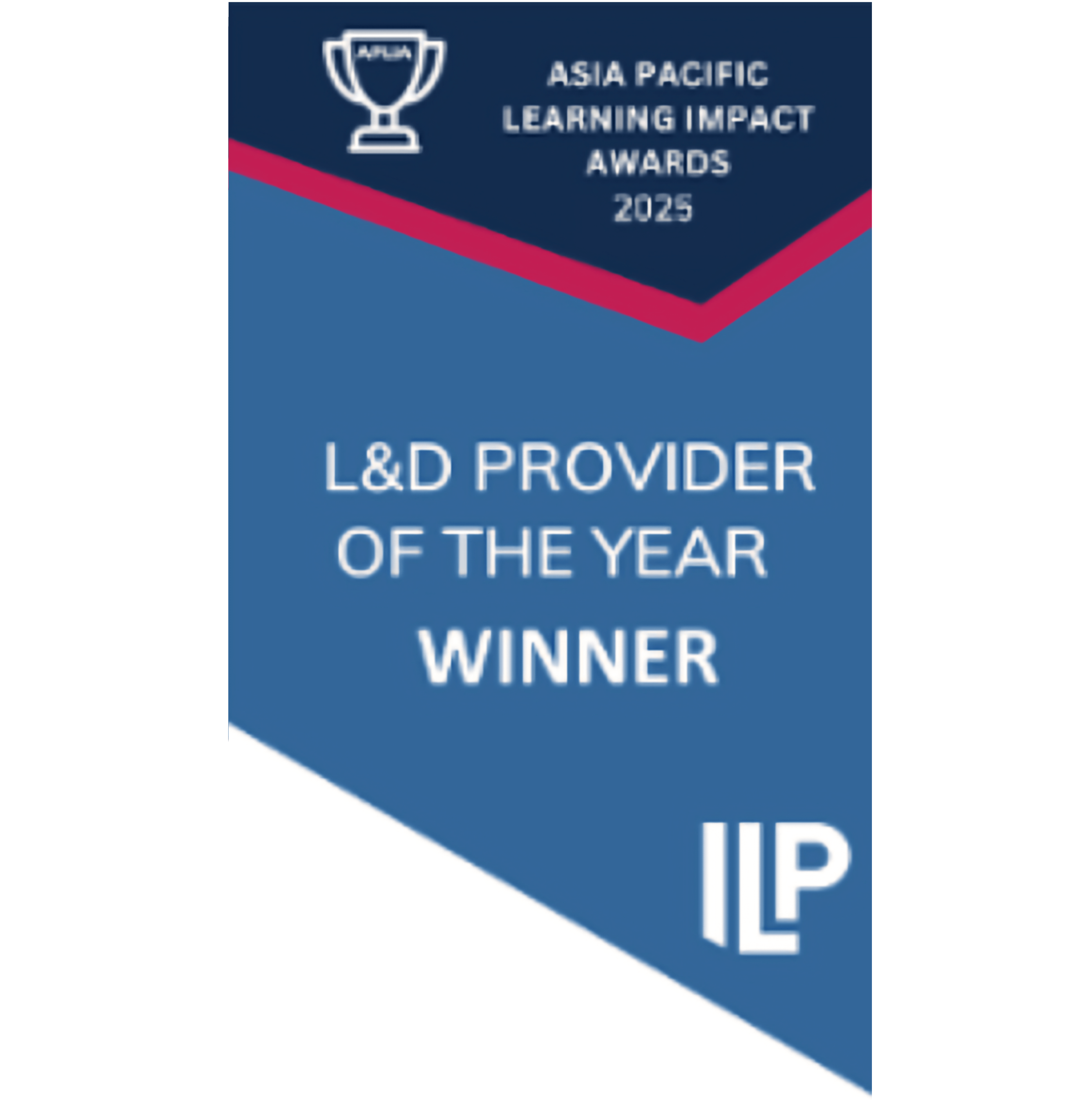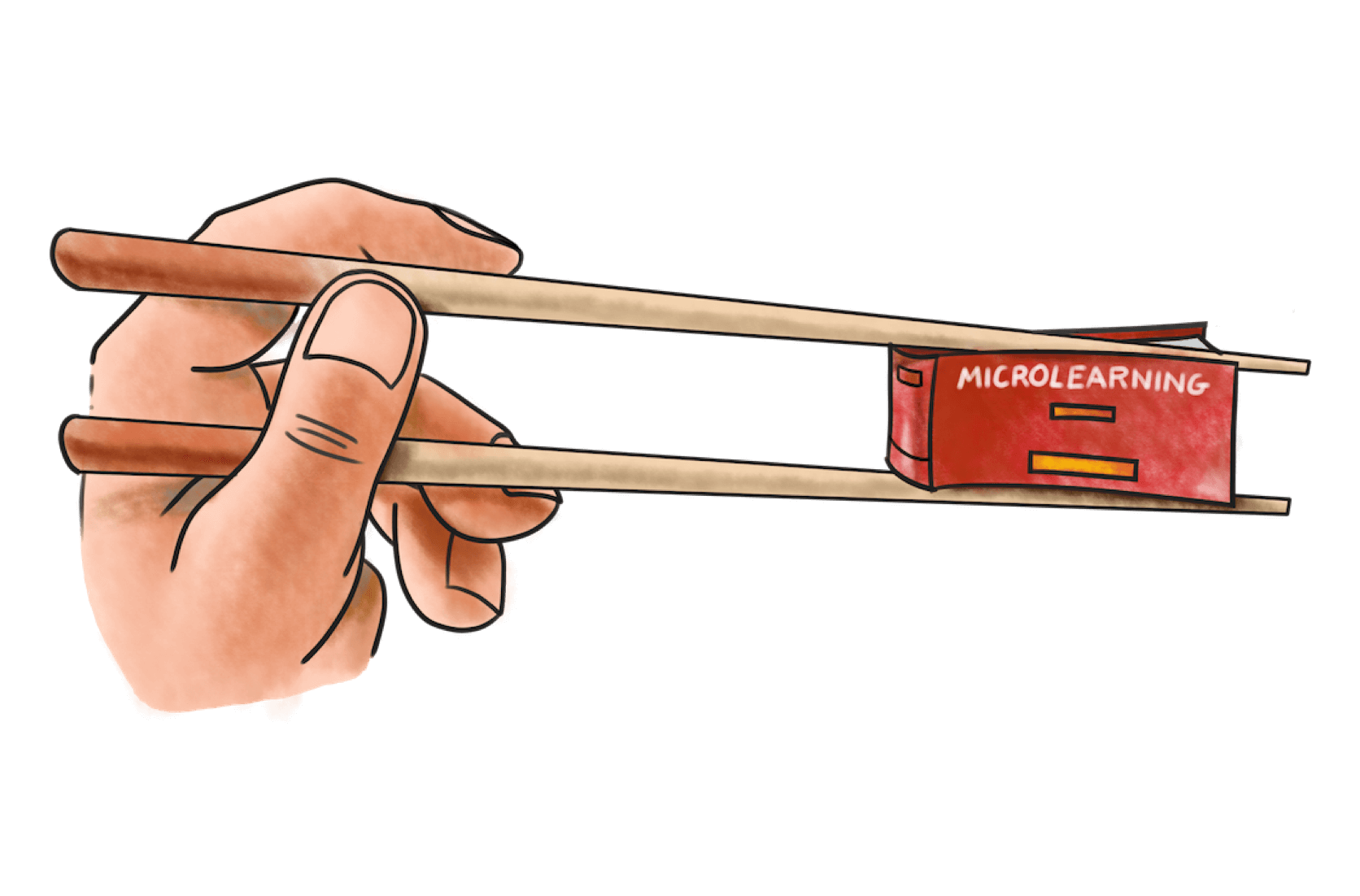
What is microlearning? It's not just taking the entirety of the content you need to know and delivering it in small, bite sized chunks. Microlearning is more than that - in order to be effective it involves distilling the entirety of the original content into what you really need to know. Then you have to ensure that that content is delivered at opportune moments during the learning process. Then you re-deliver that content for maximum knowledge retention and behaviour change (but we'll get to that in a moment).
For now, let's talk about the "Why"...
The state of society
Everyone is busy! All the time! I challenge you to name three people who aren't stressed out right now. We've put all this money, all this time, into automating processes, making computers faster, more powerful, and how much more time do we have? None. Probably less. We're expected to do more in less time. Everyday, you're competing against every new grad and robot out to get you, and then Mr. Manager stops by to tell you that you have to to complete 6 hours of training a month. It's just stress on stress on stress.
Our saviour, microlearning
Microlearning lies right at the nexus of two problems. First, it's a form of learning that our brain can actually process and learn from (as opposed to just memorising something in one stress-induced study super session). Second, it's quick. Do it on your way to work, while waiting for your morning coffee, or use it as a palette cleanser between Facebook and Instagram. 3 minutes a day. I know you're busy, but you've got time for this.
Evidence
I've told you that microlearning works and can solve these problems, but in the name of integrity, let's look at some actual evidence for that fact...
The forgetting curve
First, let's start with a thing called the "forgetting curve". It looks like this:

That orange line above is a visual representation of just how quickly we forget the things we "know". If you memorise a pice of content today, you'll forget about 50% of that content just one day later. Humans, goldfish: same same.
Luckily, there is a solution: spaced repetition. Basically, if you learn something, wait a bit, then revise that same content, the knowledge solidifies in your brain and you remember it much longer. It's why you can type without looking at the keyboard, but don't remember the quadratic formula. You type everyday, when was the last time you practiced your equations?

This is a very simplified and quick look at the forgetting curve. For a more in-depth information you can read our blog post on it here. But for now, all you need to know is:
- The forgetting curve demonstrates why learning everything all in one go is ineffective - you're going to forget most of what you learnt in the first week! Why bother in the first place?
- Microlearning and spaced repetition go hand-in-hand. First, you break down the content into what the learner actually needs to know, then you re-present that content over time to solidify it. Booyah. It's learning you actually learn from.
Engagement and results
Here's some cold hard science on employee engagement and microlearning efficacy:
- In 2016 Software Advice conducted a study in which 58% of respondents said they would be more likely to use their company's online training tools, if the content was broken into short 5-7 minute lessons.
- Dresden University of Technology conducted a study where they compared the results of students who were tested after reading a single chapter (for a total of 16 chapters) versus students who were tested after reading the entire 16 chapters in one lesson. The students who were taught in smaller slices took 28% less time to answer the questions, and performed 20% better than the other group.
- Our brain's short term memory is limited. Write down a bunch of numbers right now and try to memorise them - if you practice for an hour you'll be able to remember 7 or 8, maybe. The brain just can't hold that much information short-term. Therefore, it's pointless, useless, and futile trying to remember everything at once! Luckily, however, long-term memory isn't so limited. We're yet to find the upper limits of long-term memory. And how do we take something out of the short-term memory box and chuck it in the long-term bin? Present content at intervals, over time, and revise and reinforce that content.
Pulling it all together
Here's your micro-lesson on why bite-sized is best:
- Everyone is time poor.
- Our brains short term memory is limited; we can't absorb big chunks of information at one time.
- We have short attention spans and find short bursts of information more engaging.
Microlearning solves all our problems. Forever. We can relax now. Lie on the beach with our book and our 3-5 minutes of learning. What a life.
Click here to learn more about how Yarno uses microlearning software to change employee behaviour.
To learn about the big impact little bites of learning can have, download our microlearning whitepaper.






